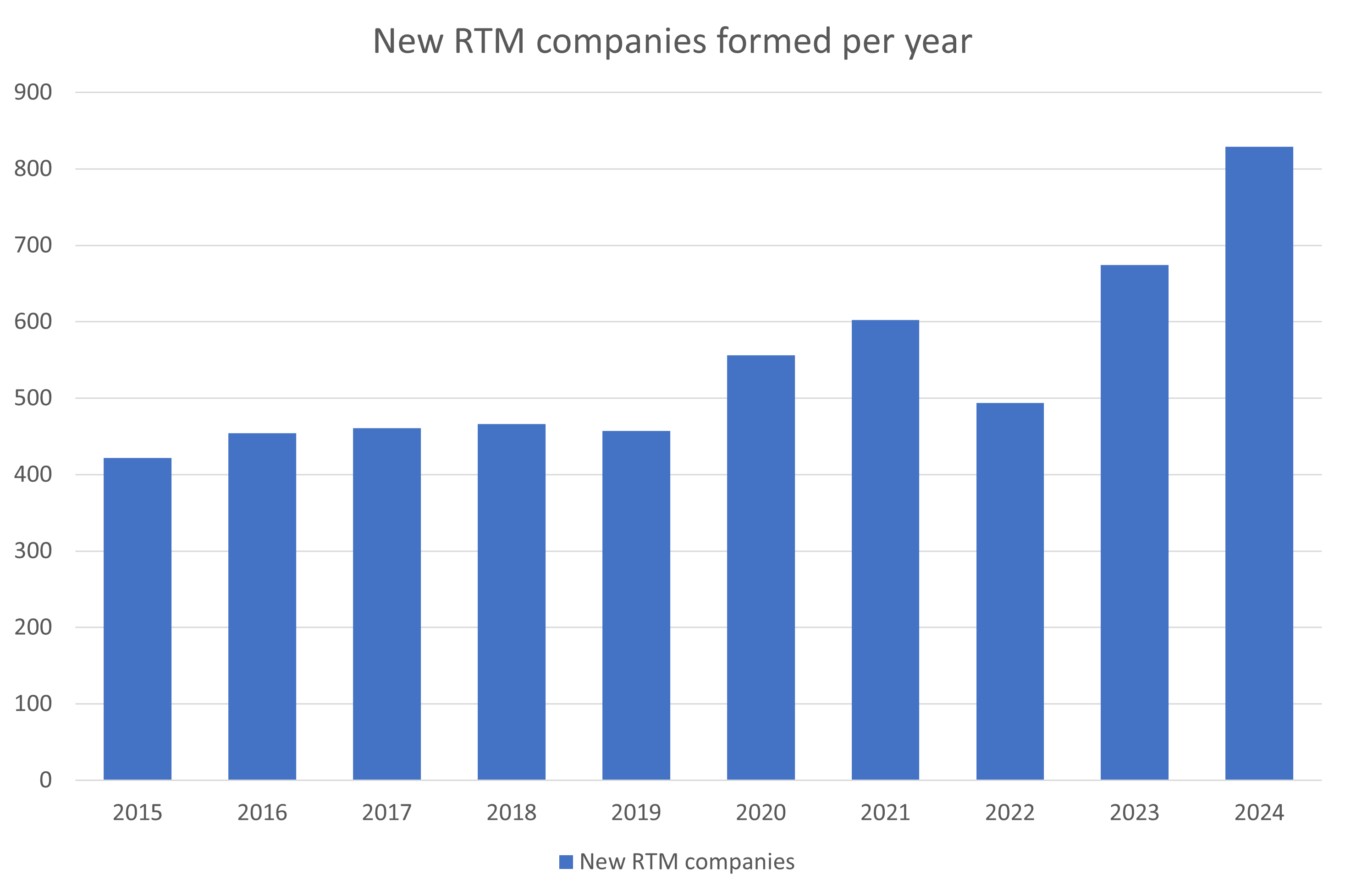
What is a Right To Manage and how does it work?

Overview of this service
A legal agreement that will provide you and a group of leaseholders a right to manage agreement for your block of flats - ie. the ability to take over the running of your development
What is a Right to Manage (RTM)?
This is a provision under the 2002 Commonhold and Leasehold Reform Act allowing leaseholders the right to take over the rights and responsibility for the management of their property
This allows a group of leaseholder to effectively take over some of the rights and responsibilities from the freeholder
What are the reasons to obtain an RTM?
Many leaseholders opt for a Right-to-Manage claim when they have reached an impassable dispute with their landlords. Commonly, this is due to:
- Consistently high service charges with poor transparency about where the money is being spent
- A major works program where there is a difference of opinion between the landlord and leaseholders about the work needed
- Poor communications between the leaseholder and managing agent
- Leaseholders wishing to safeguard the value of their flats
How many buildings take up an RTM?
From our estimates, over 800 new buildings per year take up an RTM - and this number is growing year-on-year
The number of new RTMs taken on per year in the UK

Use our automated service to check if your building is eligible for an RTM arrangement
What are the major stumbling blocks?
- You cannot get your neighbours to agree – they are not engaged enough with the problems or familiar enough with the solutions
- Your building has too much commercial space
- There are not enough qualifying leaseholders in the building
In most cases persistence and advice are key to moving forward. Seeking advice will help you to:
- Engage your neighbours – this is best done by focussing on the problems you are looking to resolve – which are likely being faced by other leaseholders
- Understand the exact quantity of commercial space – something that needs to be looked at in detail – which sections of the building fall in to which freehold title and how each unit is categorised. Expert surveyors and managing agents are vital to properly understanding this
- Explore every legal route as even in cases with the building does not completely fit the requirements, obtaining a claim can be possible if the landlord and managing agents have proven to be negligent.
Things that will differ between agents
Each agent will have unique experiences with previous buildings
By reviewing each agent’s portfolio you will be able to see which can help you process your application quicker, with more accuracy and with a higher chance of success
Some examples of previous experience you should look out for are:
- if they have dealt with your landlord or freeholder
- if they have worked with buildings with similar leases
- if they have worked with buildings with similar design and configurations
Best practices and activities followed by most agents
Each agent will follow the rules set out in the Commonhold and Leasehold Reform Act 2002
The process can be very simple and requires a submission to be made to your building’s freeholder, requesting the right to take over management
This may be complicated if the freeholder disagrees with this application or your building’s case is not straight forward
In these situations, it is common that the decision will be made through a tribunal process, which your agent will help you to prepare for
Some agents will outsource such work to specialists lawyers whilst others will complete this work in-house
How to start working with a new agent
Once you have understood an agent has the right experience, they will need to gather:
- Details of the flat leases, head leases and other agreements created for the building
- Lists of the leaseholders and their contact details
- List of the freeholders and their contact details
- Plans of your building and in some cases a detailed survey


